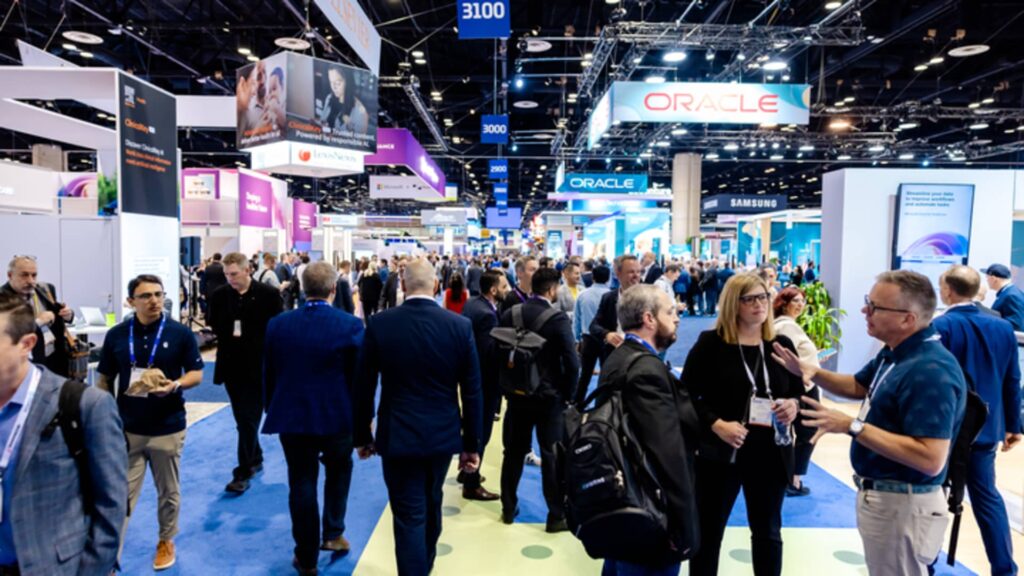Attendees at HIMSS in Orlando, Florida 2024.
Courtesy of HIMSS
The hottest new technology for doctors promises to bring back an age-old health-care practice: face-to-face conversations with patients.
As more than 30,000 health and tech professionals gathered among the palm trees at the HIMSS conference in Orlando, Florida, this week, ambient clinical documentation was the talk of the exhibition floor.
This technology allows doctors to consensually record their visits with patients. The conversations are automatically transformed into clinical notes and summaries using artificial intelligence. Companies like Microsoft’s Nuance Communications, Abridge and Suki have developed solutions with these capabilities, which they argue will help reduce doctors’ administrative workloads and prioritize meaningful connections with patients.
“After I see a patient, I have to write notes, I have to place orders, I have to think about the patient summary,” Dr. Shiv Rao, founder and CEO of Abridge, told CNBC at HIMSS. “So what our technology does is it allows me to focus on the person in front of me — the most important person, the patient — because when I hit start, have a conversation, then hit stop, I can swivel my chair and within seconds, the note’s there.”
Administrative workloads are a major problem for clinicians across the U.S. health-care system. A survey published by Athenahealth in February found that more than 90% of physicians report feeling burned out on a “regular basis,” largely because of the paperwork they are expected to complete.
More than 60% of doctors said they feel overwhelmed by clerical requirements and work an average of 15 hours per week outside their normal hours to keep up, the survey said. Many in the industry call this at-home work “pajama time.”
Since administrative work is mostly bureaucratic and doesn’t directly influence doctors’ decisions around diagnoses or patient care, it has served as one of the first areas where health systems have…
Read the full article here





